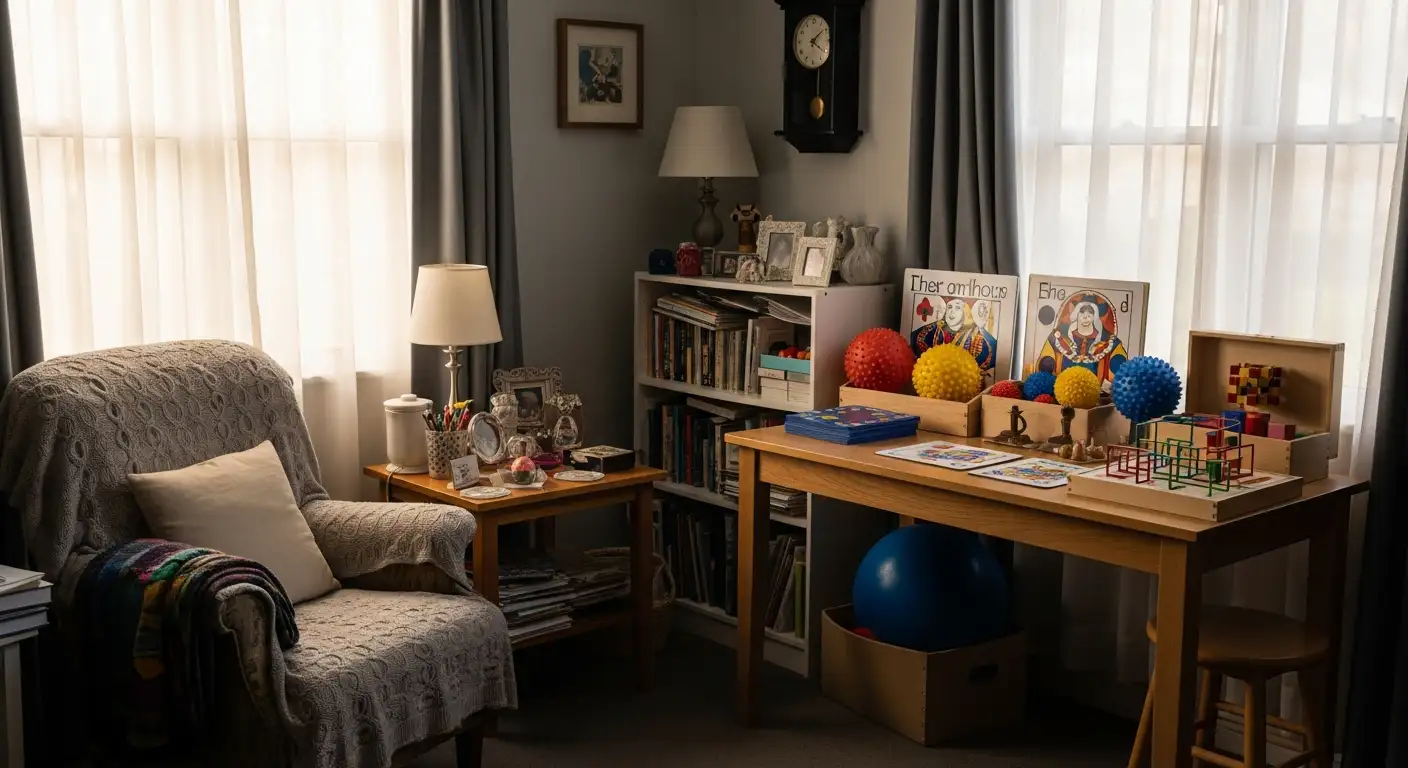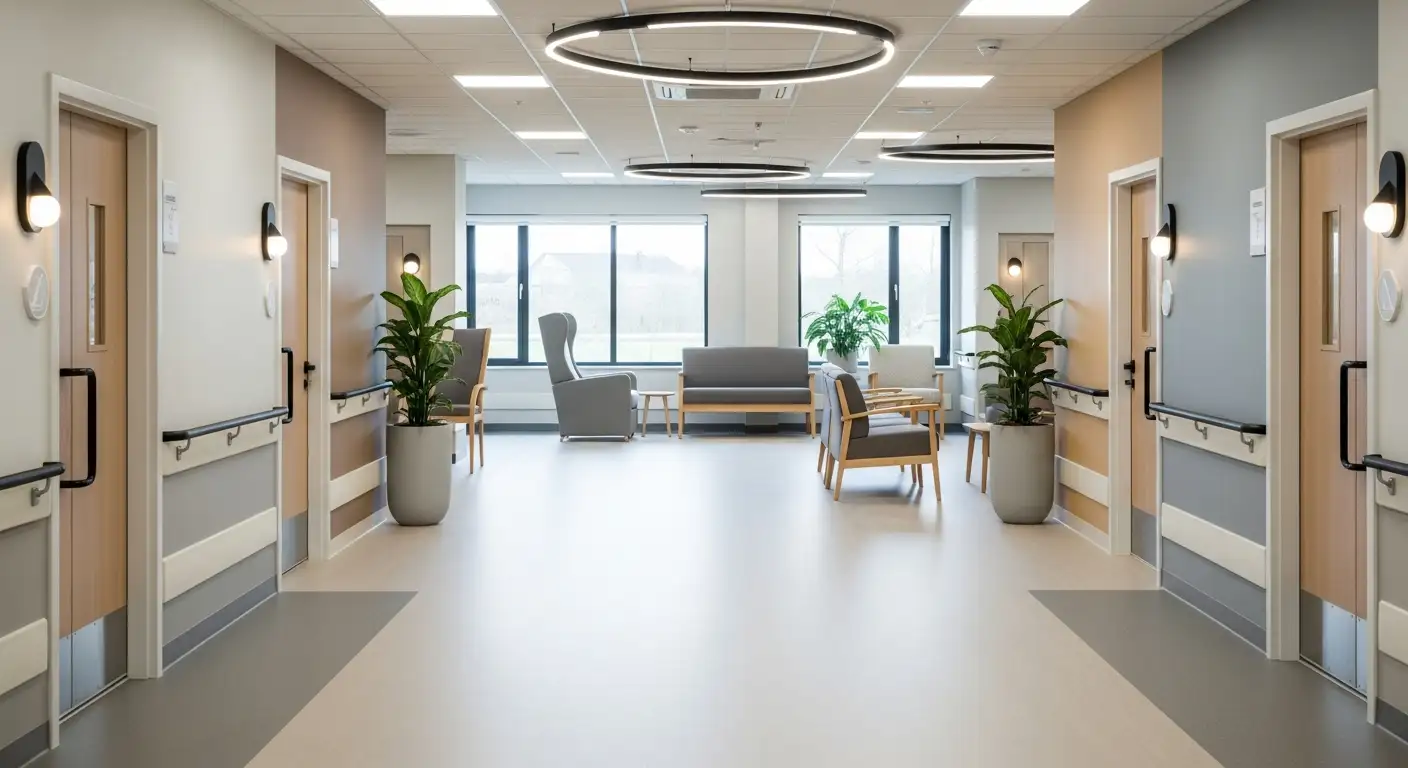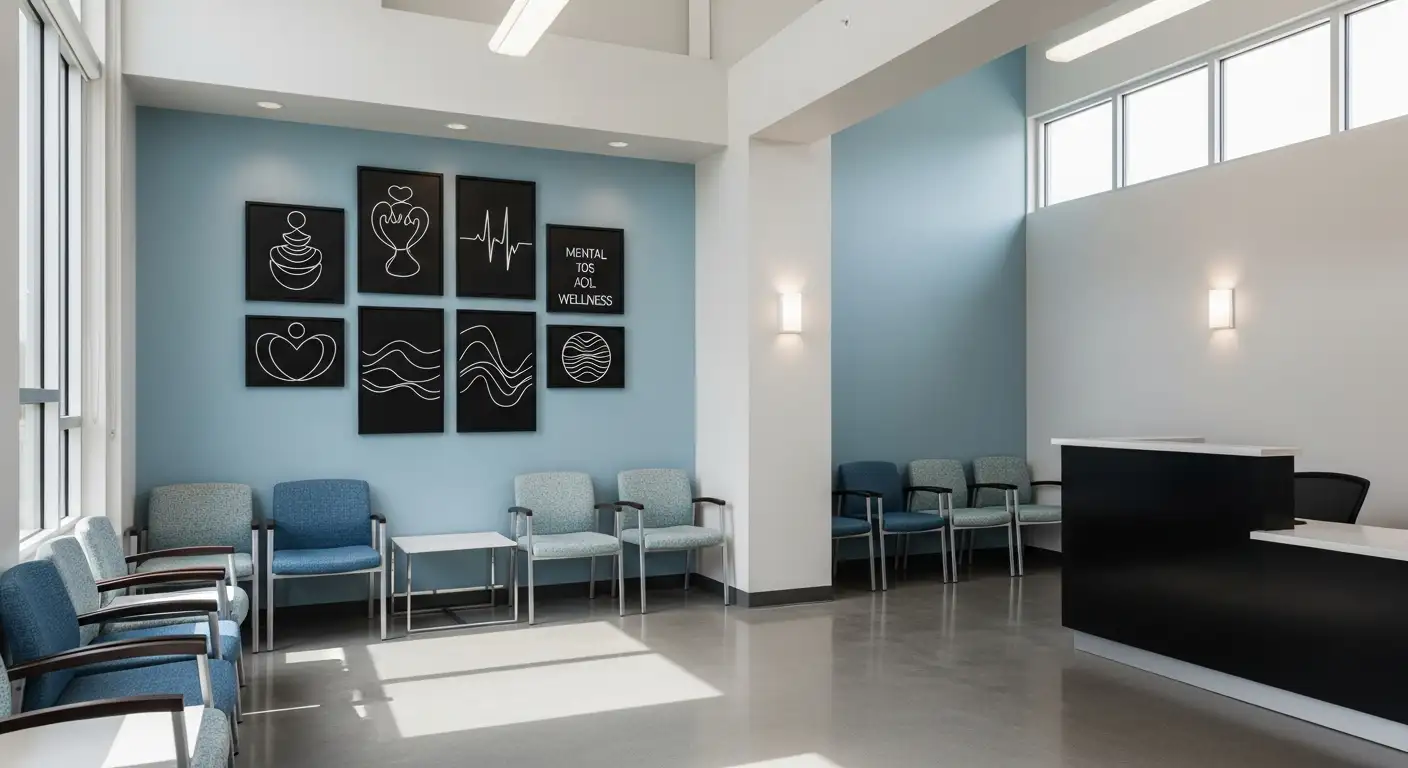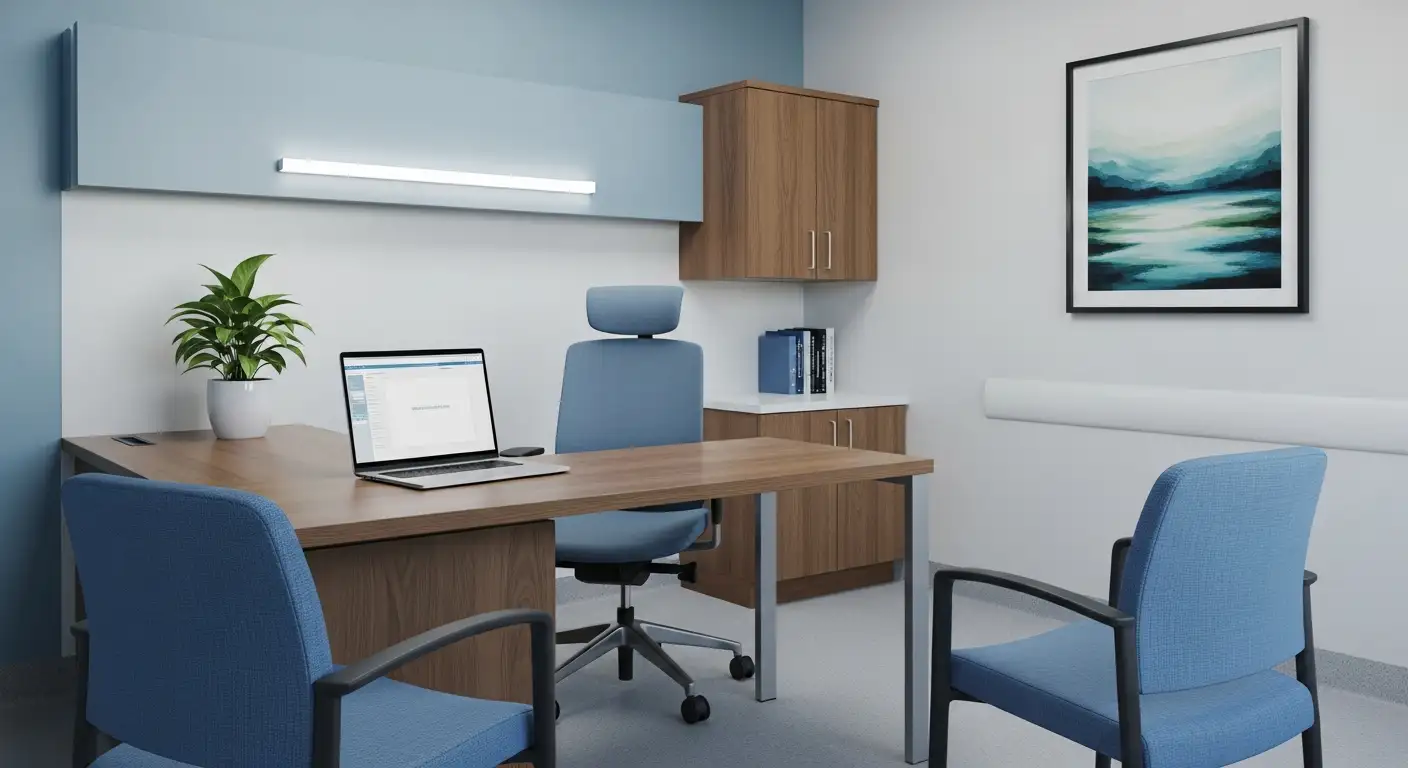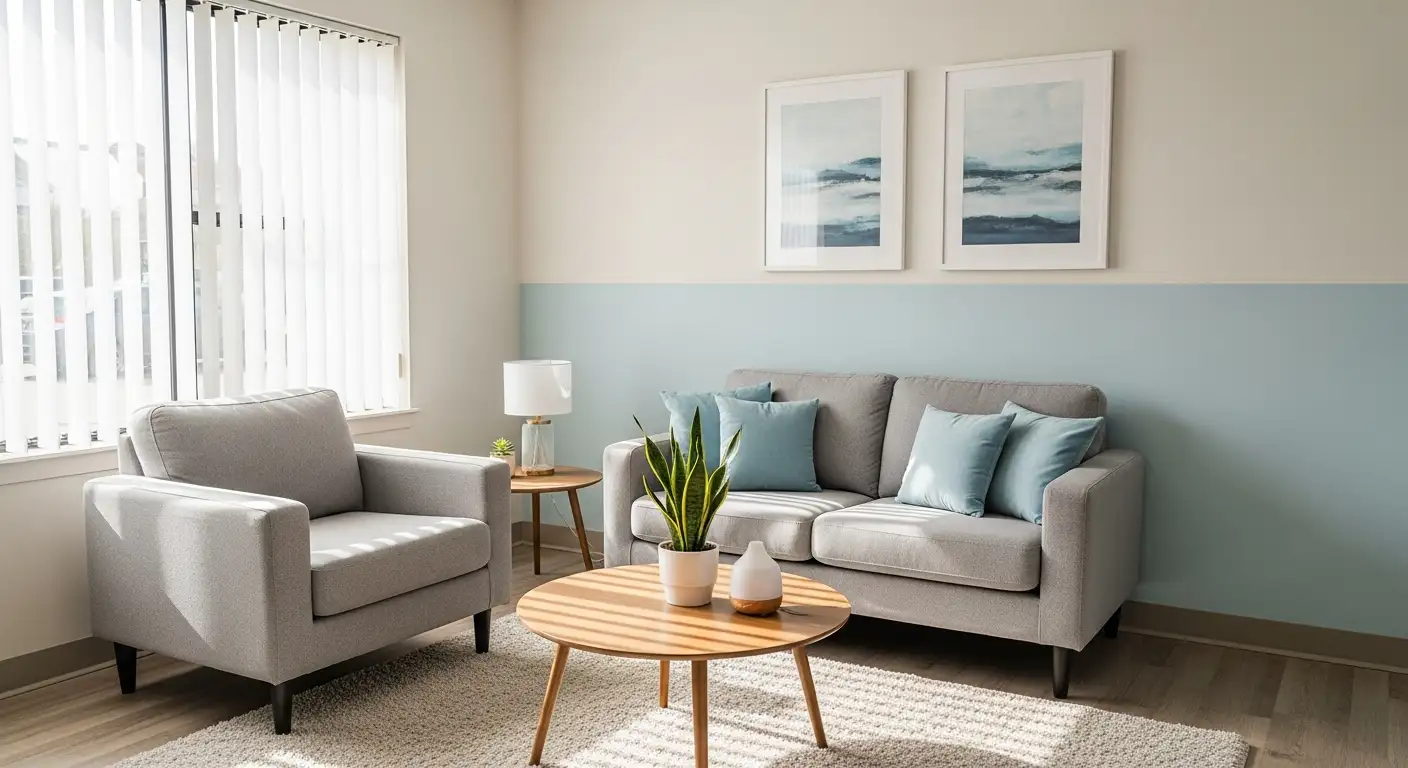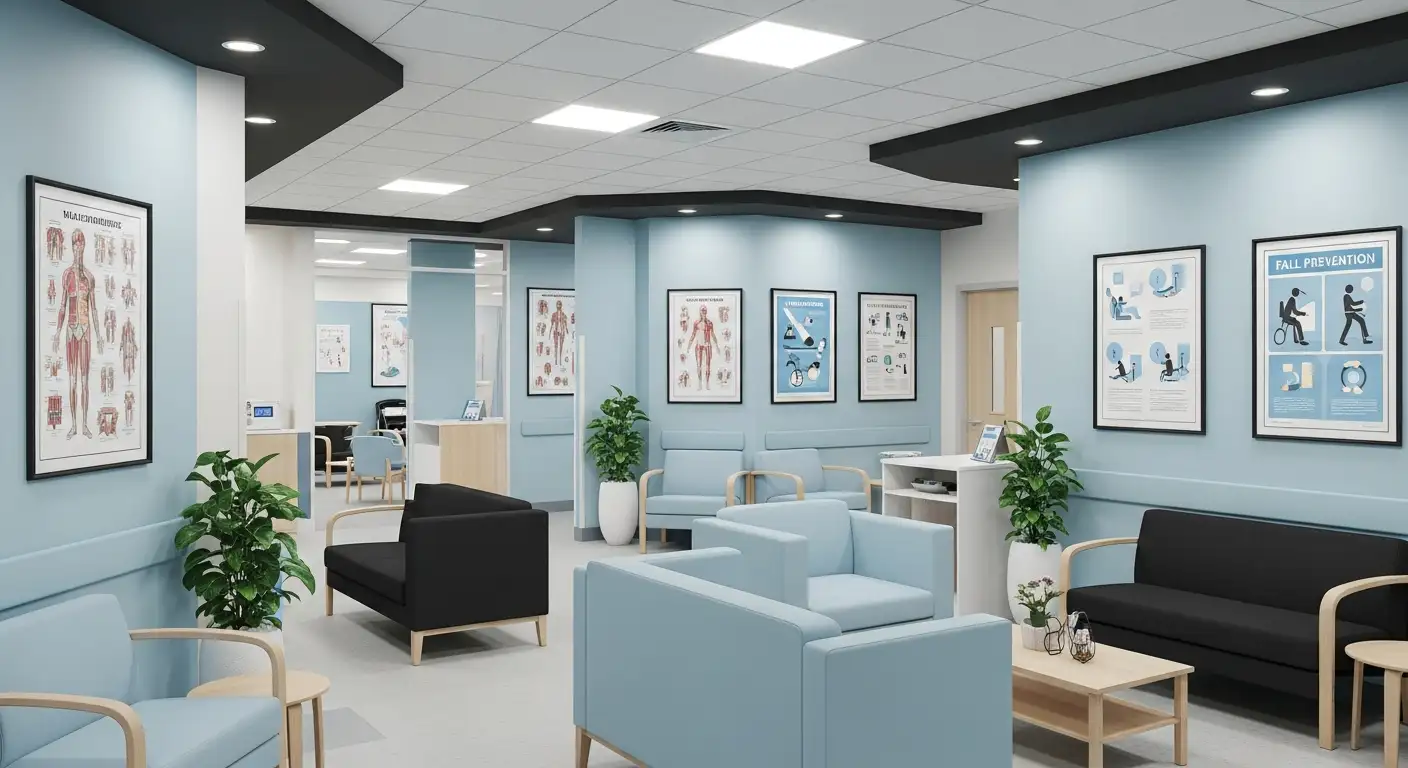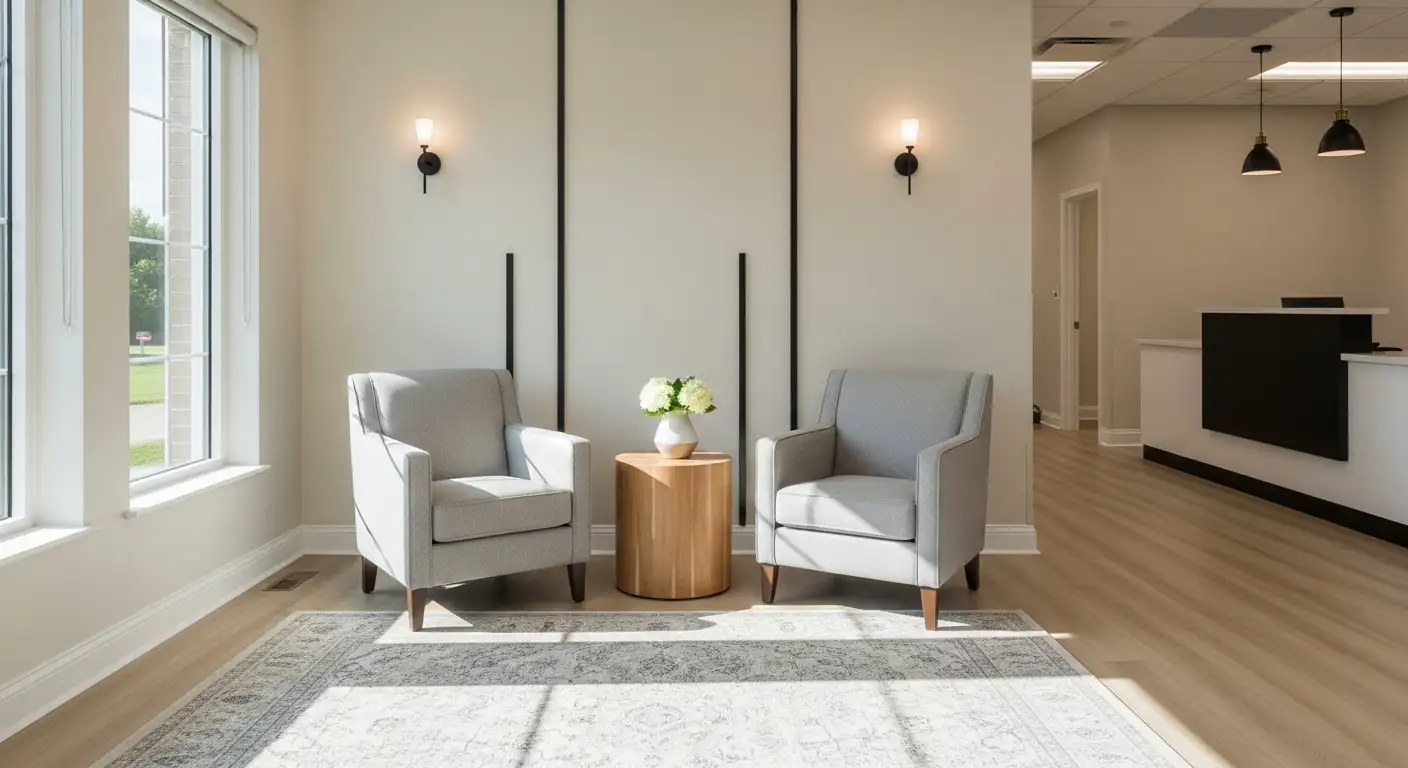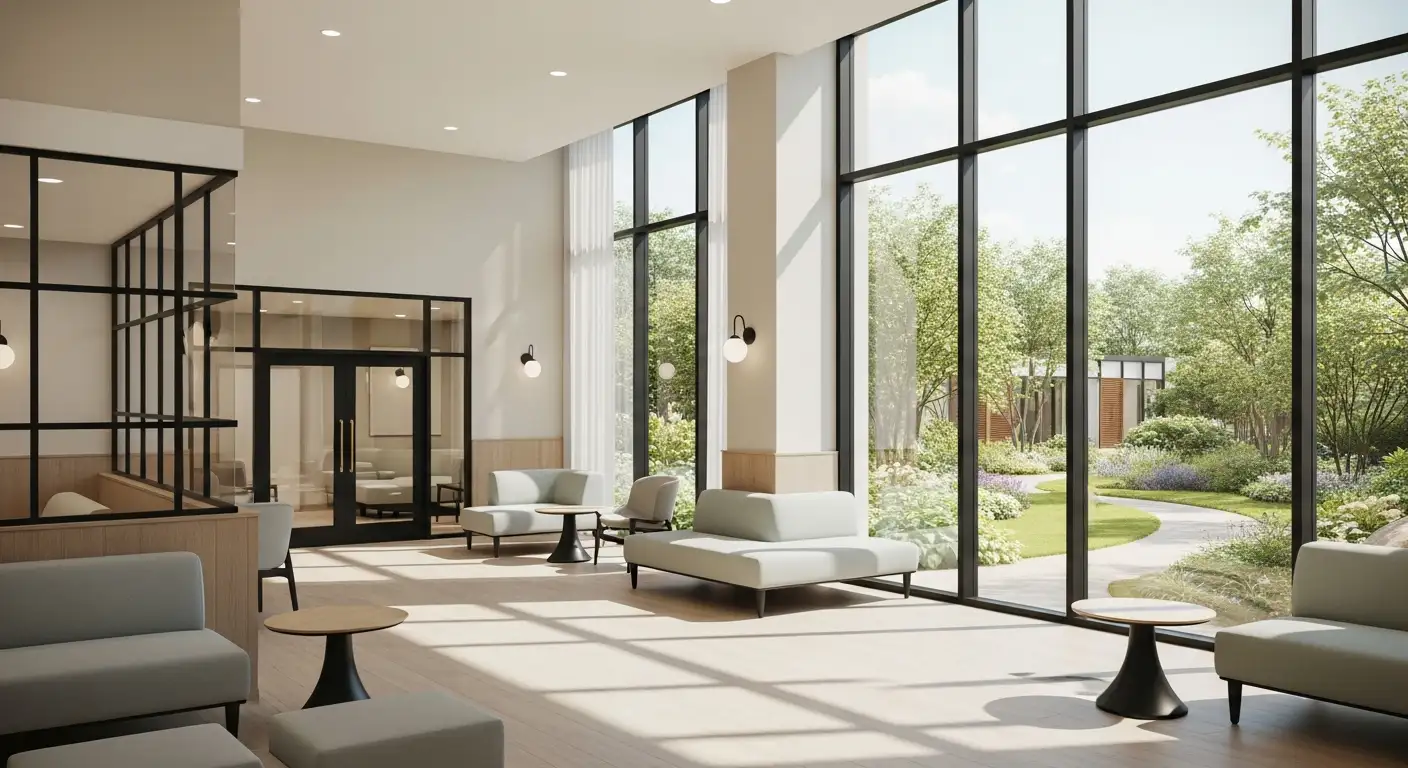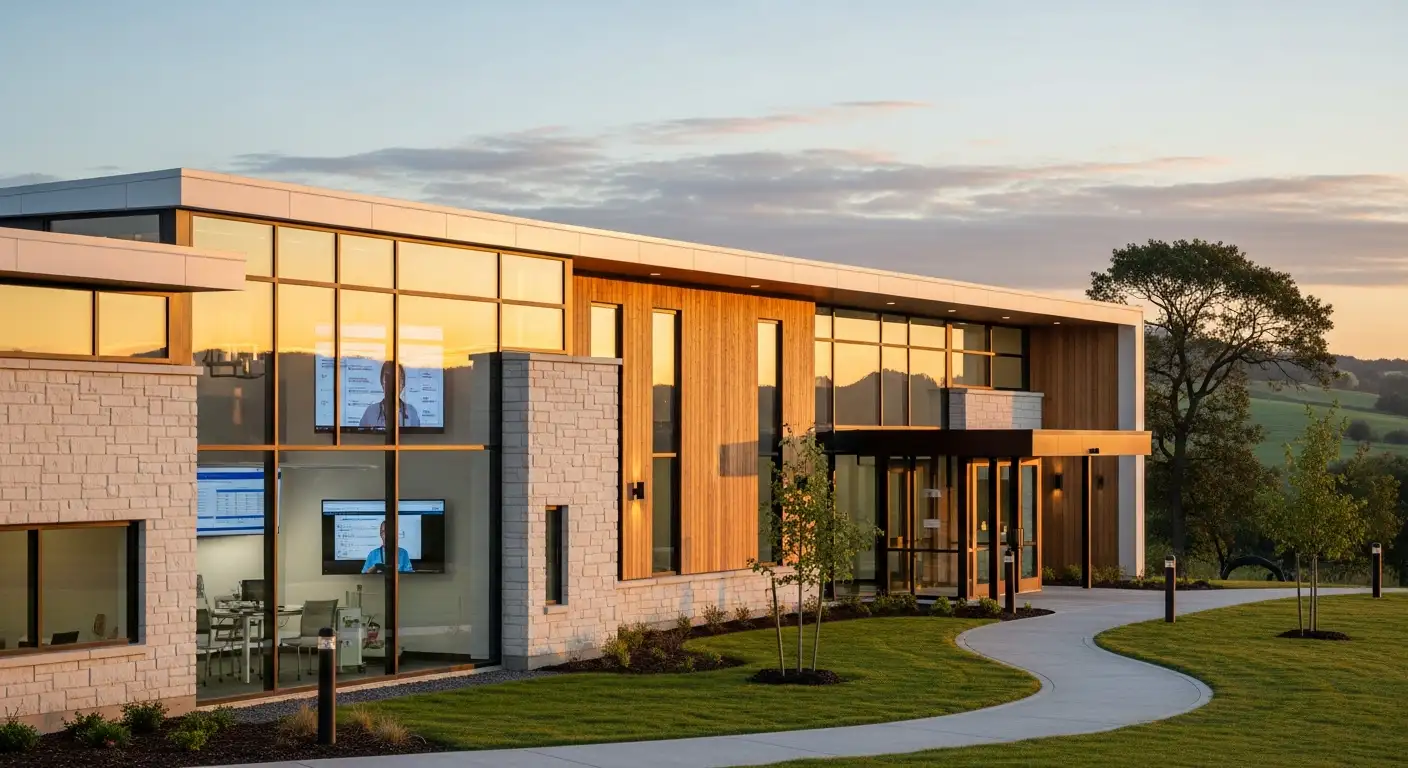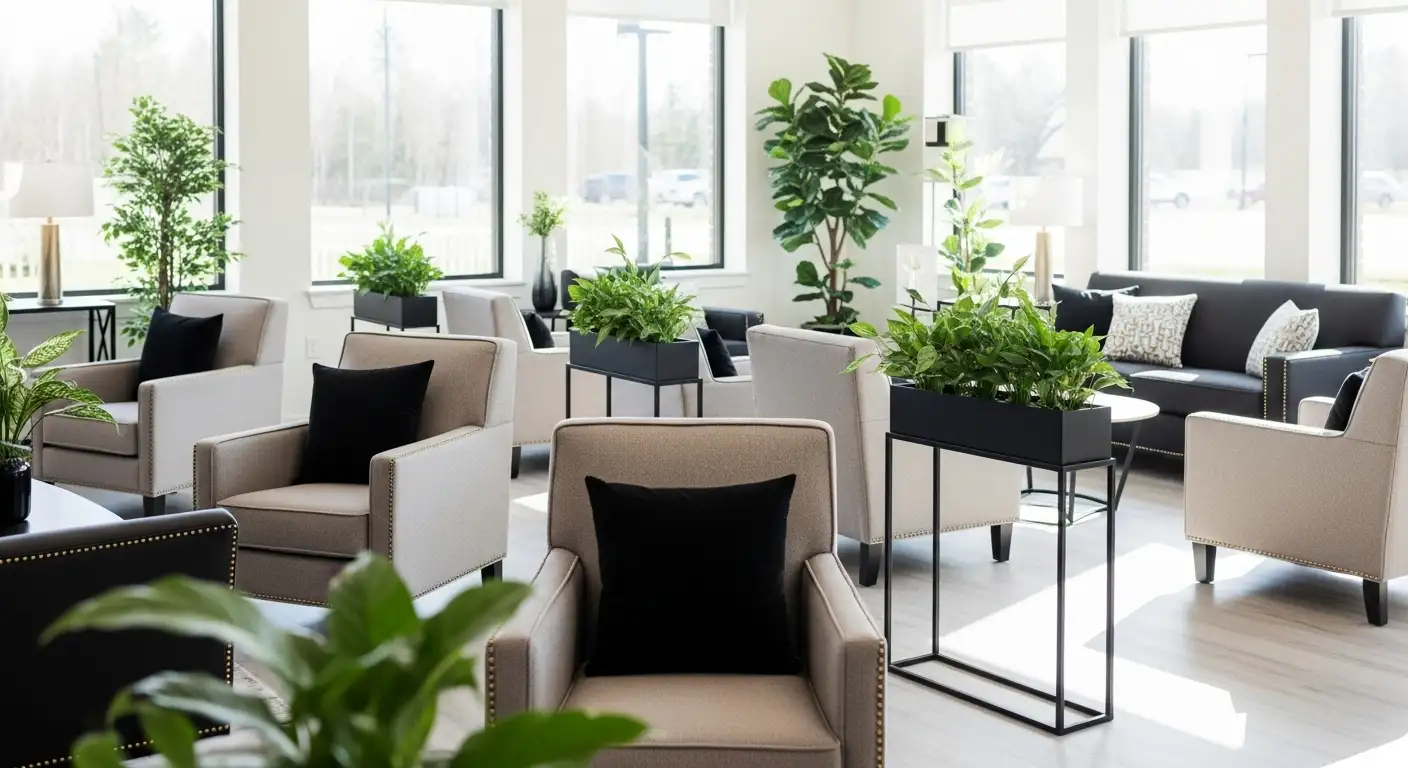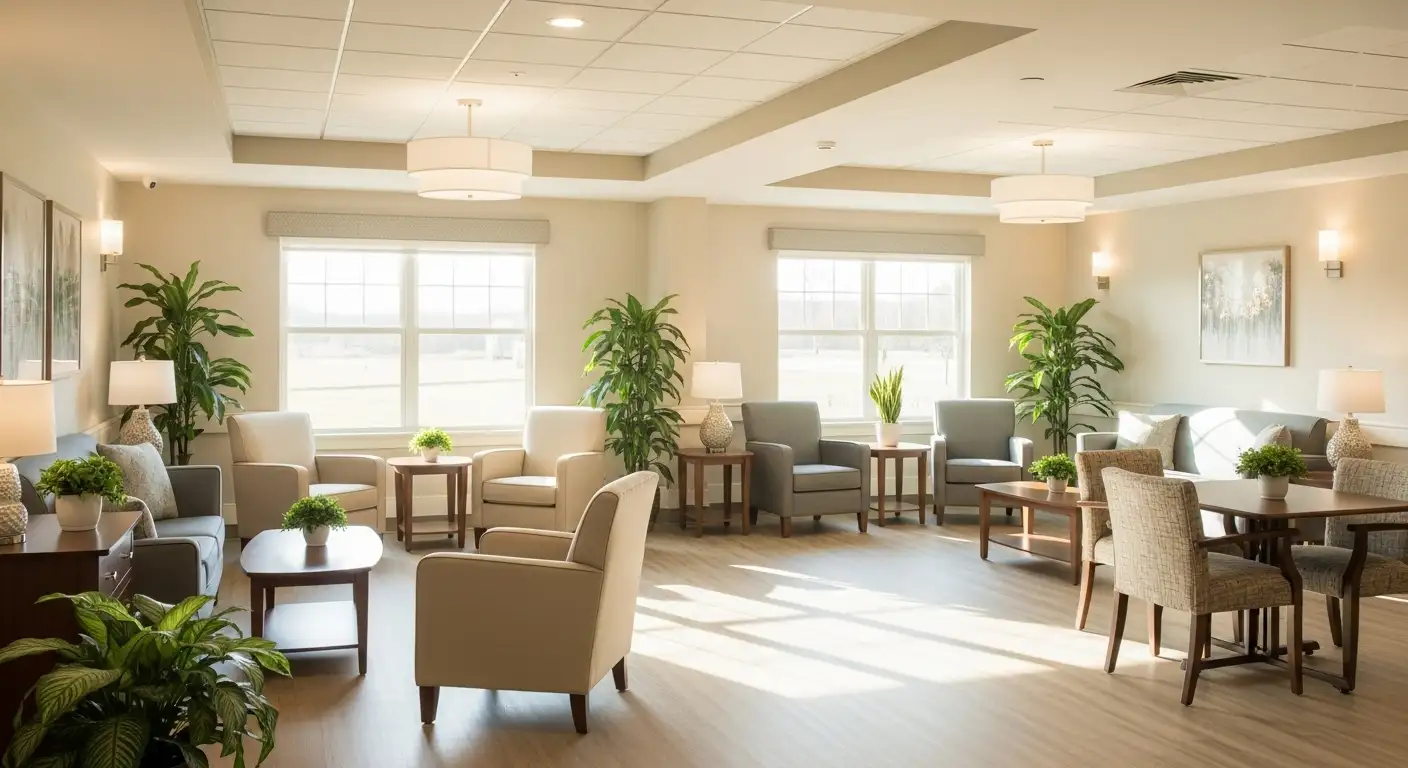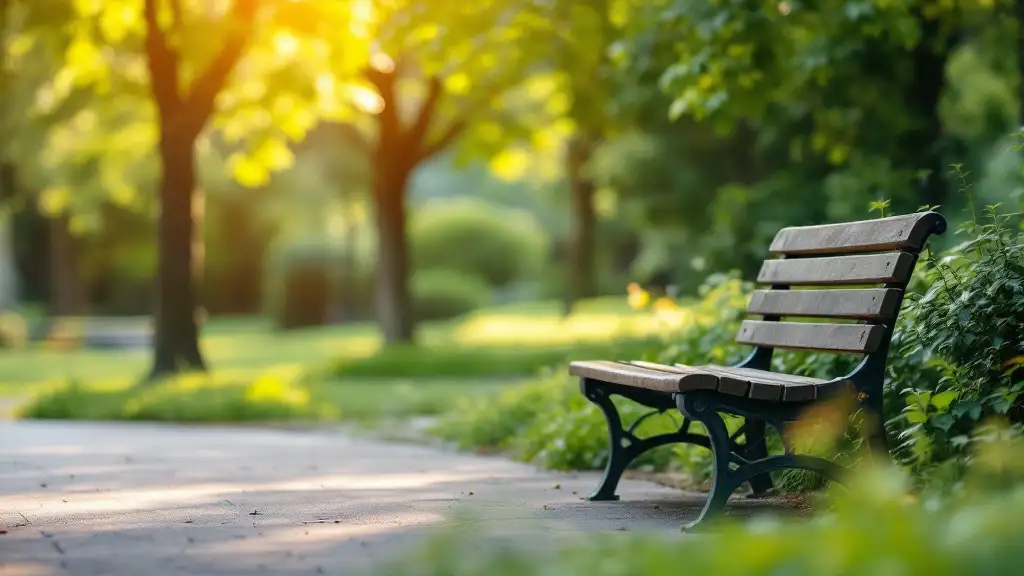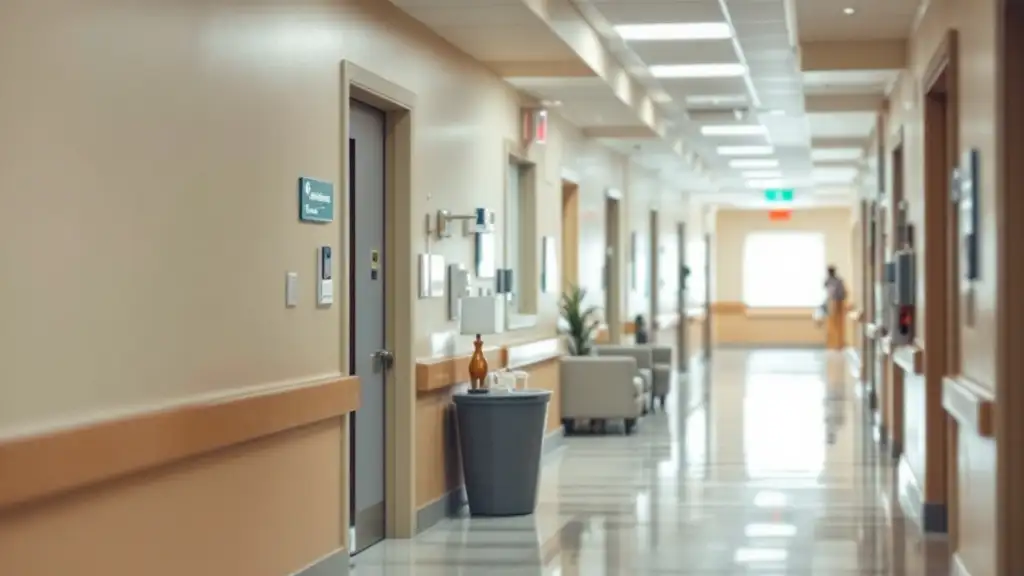Understanding the Critical Connection Between Exercise and Senior Mental Health
The significance of physical activity in supporting mental health among seniors is increasingly recognized by researchers and health professionals worldwide. With a growing aging population, the need for effective strategies to maintain psychological well-being becomes paramount. Scientific studies from numerous countries highlight that regular, tailored physical activity not only fosters physical resilience but also markedly improves mental health outcomes, reducing risks of depression, anxiety, and cognitive decline. This article explores the vital role exercise plays in promoting mental wellness in seniors, examines evidence-based benefits, discusses community approaches, and offers practical guidelines for integrating movement into daily life to enhance overall quality of life.
Importance of Physical Activity for Senior Health
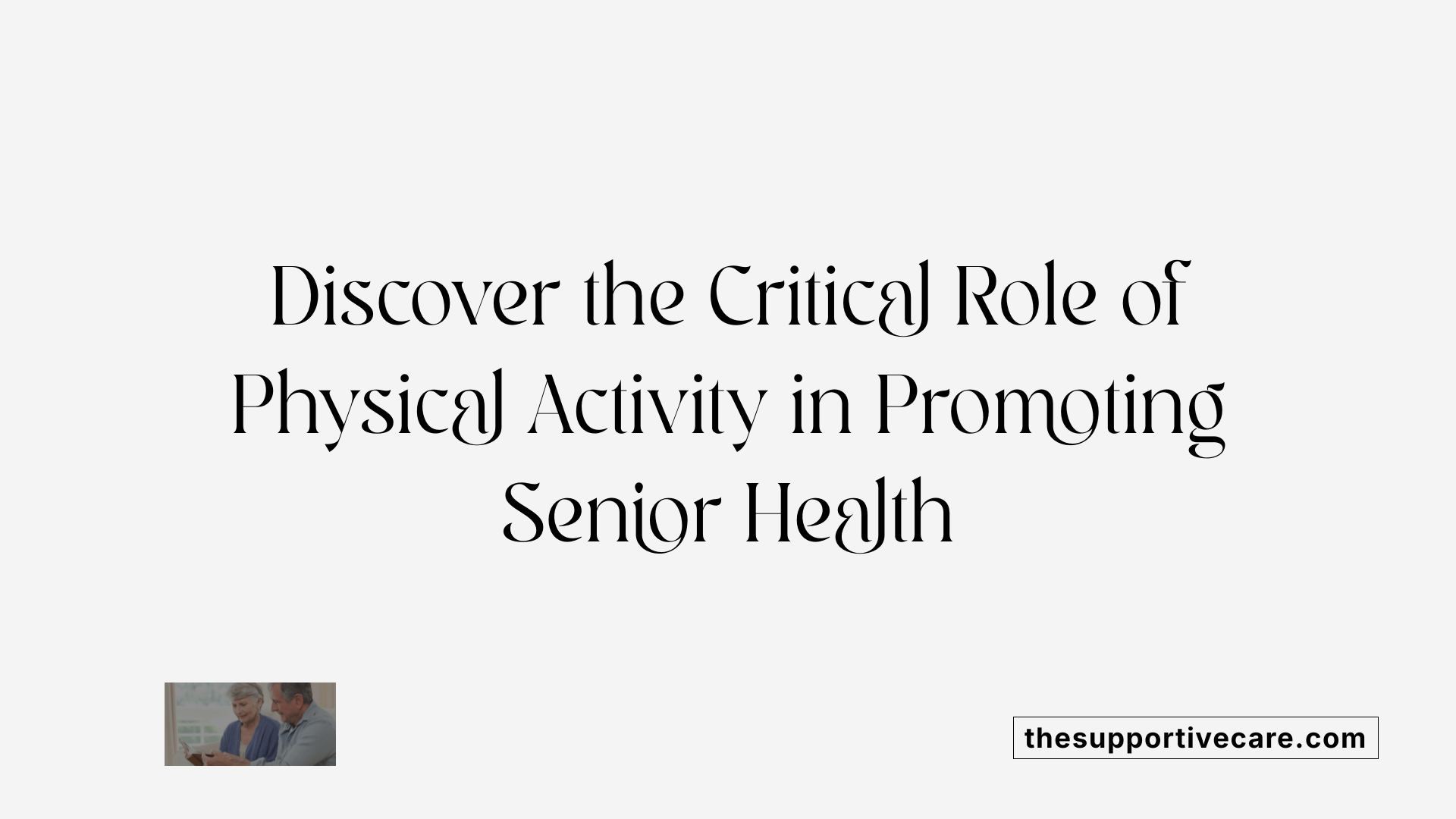
Why is physical activity important for seniors' health?
Engaging in regular physical activity is vital for maintaining and enhancing overall health among older adults. Studies show that staying active helps prevent and control chronic conditions such as heart disease, stroke, diabetes, and certain types of cancer.
Beyond disease prevention, physical activity improves essential physical functions like strength, balance, and coordination. These improvements significantly lower the risk of falls and related injuries, which are common health challenges in senior populations.
Mental health benefits are also substantial. Exercise can reduce symptoms of anxiety and depression and slow cognitive decline, including conditions like dementia and Alzheimer’s disease.
Additionally, regular activity supports better sleep, enhances immune system function, and helps maintain independence by preserving mobility and physical capabilities.
Altogether, consistent, moderate physical activity—such as walking, resistance exercises, or balance training—plays a key role in promoting longer, healthier, and more active aging. Incorporating suitable activities tailored to individual needs is essential for maximizing health benefits.
This comprehensive approach underscores that physical activity is not only beneficial but necessary for fostering a high quality of life in older adults.
Mental Health Benefits of Physical Activity in Older Adults
What are the mental health benefits of physical activity for older adults?
Engaging in regular physical activity provides significant mental health advantages for older adults. When seniors participate in physical exercises, their brains release mood-enhancing chemicals like endorphins and serotonin. These natural substances help improve mood, making individuals feel happier and more relaxed. Regular activity not only eases feelings of anxiety and depression but also boosts self-esteem and concentration, which are crucial for maintaining mental agility.
Beyond mood improvement, physical activity contributes to better sleep quality, helping seniors wake up refreshed and ready for each day. Better sleep further supports emotional stability and cognitive functions such as memory and problem-solving.
Participation in outdoor activities, such as walking in parks or gardening, enhances these benefits. Nature-based exercises can elevate mood even more, providing a calming effect that reduces stress and mental fatigue.
To maximize these benefits, it’s essential that physical routines are personalized, enjoyable, and manageable. Activities like Tai Chi, swimming, or brisk walking are often tailored to individual preferences and physical abilities. This approach helps maintain motivation and ensures consistency.
Physical activity also fosters emotional resilience. It helps seniors manage tension, anger, and frustration, while fostering a sense of achievement. As they build strength and endurance, their confidence and independence improve, contributing to a higher overall quality of life.
In summary, physical activity offers a comprehensive mental health boost, decreasing symptoms of depression and anxiety, while promoting happiness, self-esteem, and mental resilience among older adults.
Supporting Senior Mental Health Through Physical Activity
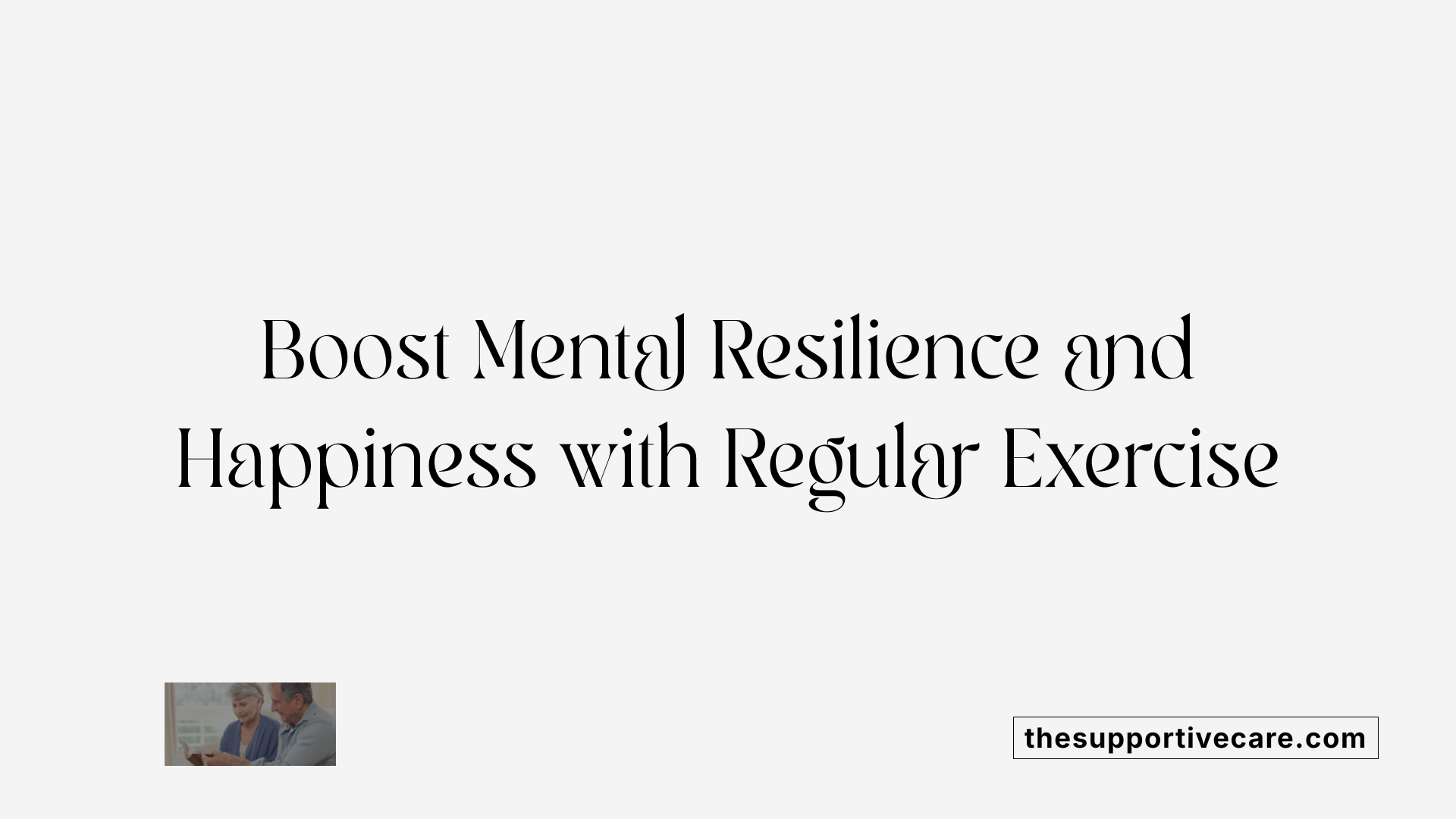
How can physical activity support mental health among seniors?
Physical activity plays a vital role in enhancing mental health in older adults. It triggers the release of chemicals like endorphins and serotonin—natural mood lifters—that help reduce feelings of depression, anxiety, and stress. These neurotransmitters promote a sense of well-being and emotional balance, making physical activity a powerful tool for mental health support.
Engaging regularly in exercises such as walking, swimming, or dancing not only lifts mood but also boosts self-esteem and confidence. Moderate activities, especially in natural environments, can foster feelings of happiness and fulfillment. Additionally, physical activity helps regulate stress hormones like cortisol and adrenaline, contributing to relaxation and mental calmness.
Incorporating exercise into daily routines can improve focus, decrease mental fatigue, and support better sleep quality. Regular movement also offers social opportunities, which are crucial for reducing loneliness and fostering community connections. Group classes, walking clubs, and community sports encourage seniors to stay socially engaged, further supporting mental health.
For seniors, choosing enjoyable activities that fit their physical abilities is important. Starting slow with manageable routines ensures safety and sustainability. Consulting healthcare providers before initiating new exercise programs helps tailor activities to individual health needs, maximizing benefits while minimizing risks.
Overall, physical activity provides a comprehensive approach to maintaining and improving mental health among older adults, promoting a happier, healthier, and more connected life.
Strategies for Integrating Exercise into Senior Routines
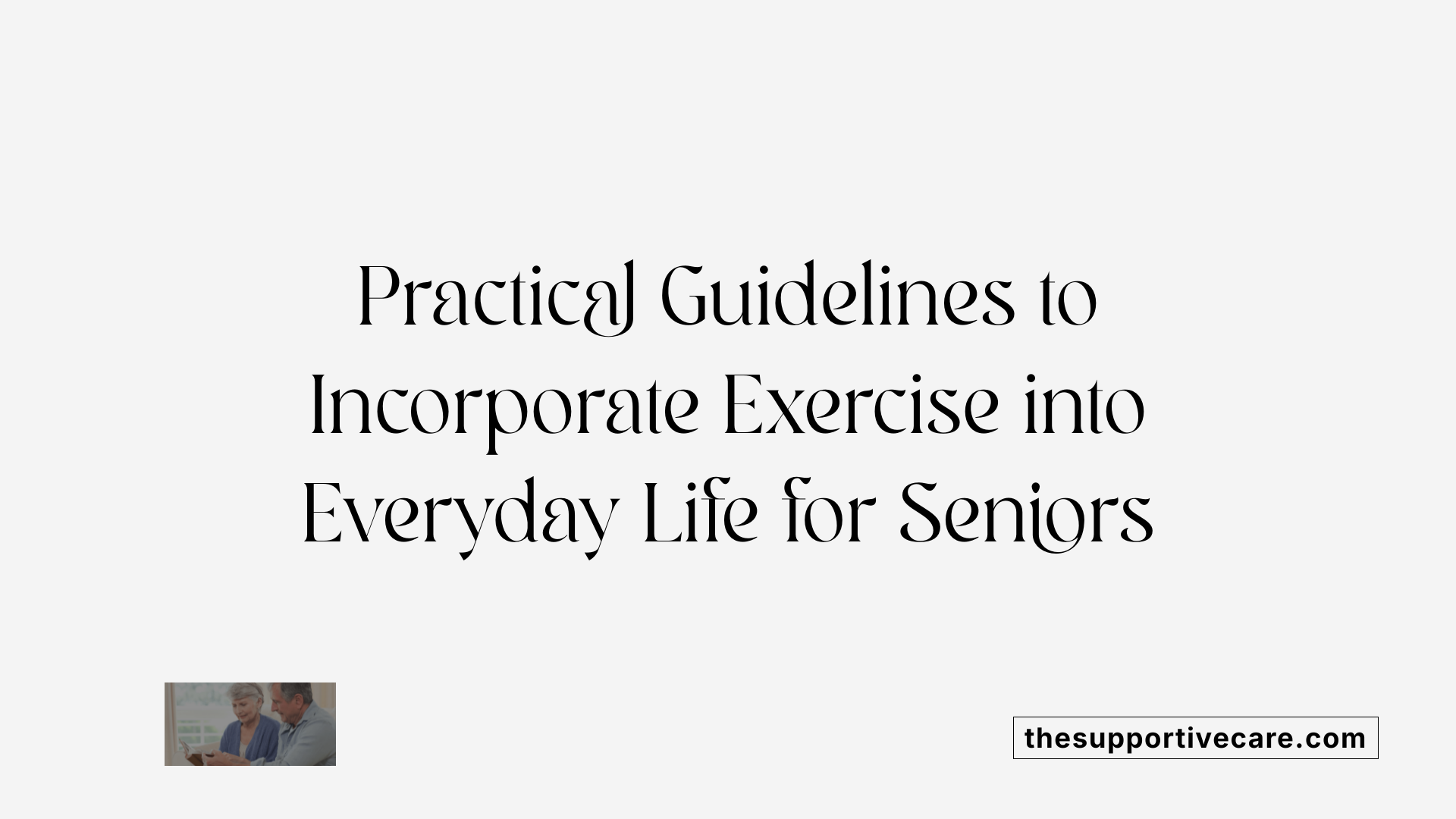
What strategies and guidelines can be used to incorporate exercise into senior routines?
Integrating regular physical activity into the routines of older adults is essential for maintaining physical health, mental well-being, and overall independence. The foundational guideline recommends that seniors aim for at least 150 minutes of moderate-intensity exercise each week. This can be broken into shorter sessions, such as 30 minutes, five times a week, making it easier to include in daily life.
Activities like walking, swimming, cycling, and dancing are popular options that are both enjoyable and effective. It's also important to include muscle-strengthening exercises at least twice weekly, which help preserve muscle mass and bone density, preventing issues like osteoporosis.
Balance exercises are equally vital for reducing fall risks. Activities such as yoga, tai chi, and specific stretching routines improve stability and coordination, contributing significantly to safe aging.
Starting slow and gradually increasing activity levels
For many seniors, beginning with moderate, low-impact activities is safest. Starting with sessions of 10–15 minutes and gradually building up duration and intensity reduces the risk of injury and promotes adherence. Listening to one's body and adjusting activity levels accordingly is crucial.
Gradual progression encourages consistency and helps seniors experience success, fostering motivation and long-term commitment to an active lifestyle.
Involving social components and group activities
Social engagement is a powerful motivator. Participating in group exercise classes, walking clubs, or community sports not only boosts physical activity but also alleviates feelings of loneliness and social isolation.
Group activities provide a sense of community and purpose, which are linked to improved mental health outcomes. Digital platforms and online classes have also become valuable options, especially during situations like the COVID-19 pandemic.
Safety and medical consultation
Before starting any new exercise routine, consulting with healthcare providers ensures safety and appropriateness, especially for seniors with existing health conditions. Regular check-ups can identify potential risks and allow for tailored activity plans.
Using proper footwear, practicing good posture, and exercising in safe, accessible environments help prevent falls and injuries. Starting slowly and progressing gradually minimizes the chance of overexertion.
Using enjoyable activities like walking, swimming, yoga
Enjoyment is key to maintaining consistency. Activities like walking in nature, swimming, yoga, and stretching are not only beneficial but also enjoyable and easy to incorporate into daily life.
Mixing different types of activities adds variety, prevents boredom, and ensures comprehensive health benefits. For example, combining aerobic exercises with strength training and flexibility routines creates a well-rounded approach.
In summary, adhering to established guidelines, beginning with manageable efforts, incorporating social elements, ensuring safety, and choosing enjoyable activities are effective strategies to embed physical activity into seniors' daily routines. These practices promote healthier aging, enhance mental health, and foster independence and joy in later years.
Physical Therapy and Its Role in Senior Well-Being
What is the role of physical therapy in enhancing well-being for older adults?
Physical therapy is essential for supporting the health and independence of older adults. It focuses on addressing common age-related physical challenges such as decreased mobility, balance problems, and chronic pain conditions like arthritis. By designing personalized exercise plans, physical therapists help improve muscle strength, flexibility, endurance, and coordination.
One of the main objectives of physical therapy is to reduce the risk of falls and injuries, which are prevalent among seniors. Balance training and strength exercises can significantly enhance stability and confidence in daily activities.
Managing pain non-invasively is another vital aspect. For seniors suffering from joint issues or arthritis, physical therapy offers relief through targeted interventions that may rival surgical outcomes, but without the associated risks.
Furthermore, physical therapy supports recovery from surgeries, falls, or injuries by promoting healing, restoring function, and preventing future complications.
Overall, physical therapy promotes a more active and healthy aging process, allowing seniors to maintain their independence and enjoy improved quality of life.
Physical Activity, Social Engagement, and Cognitive Health
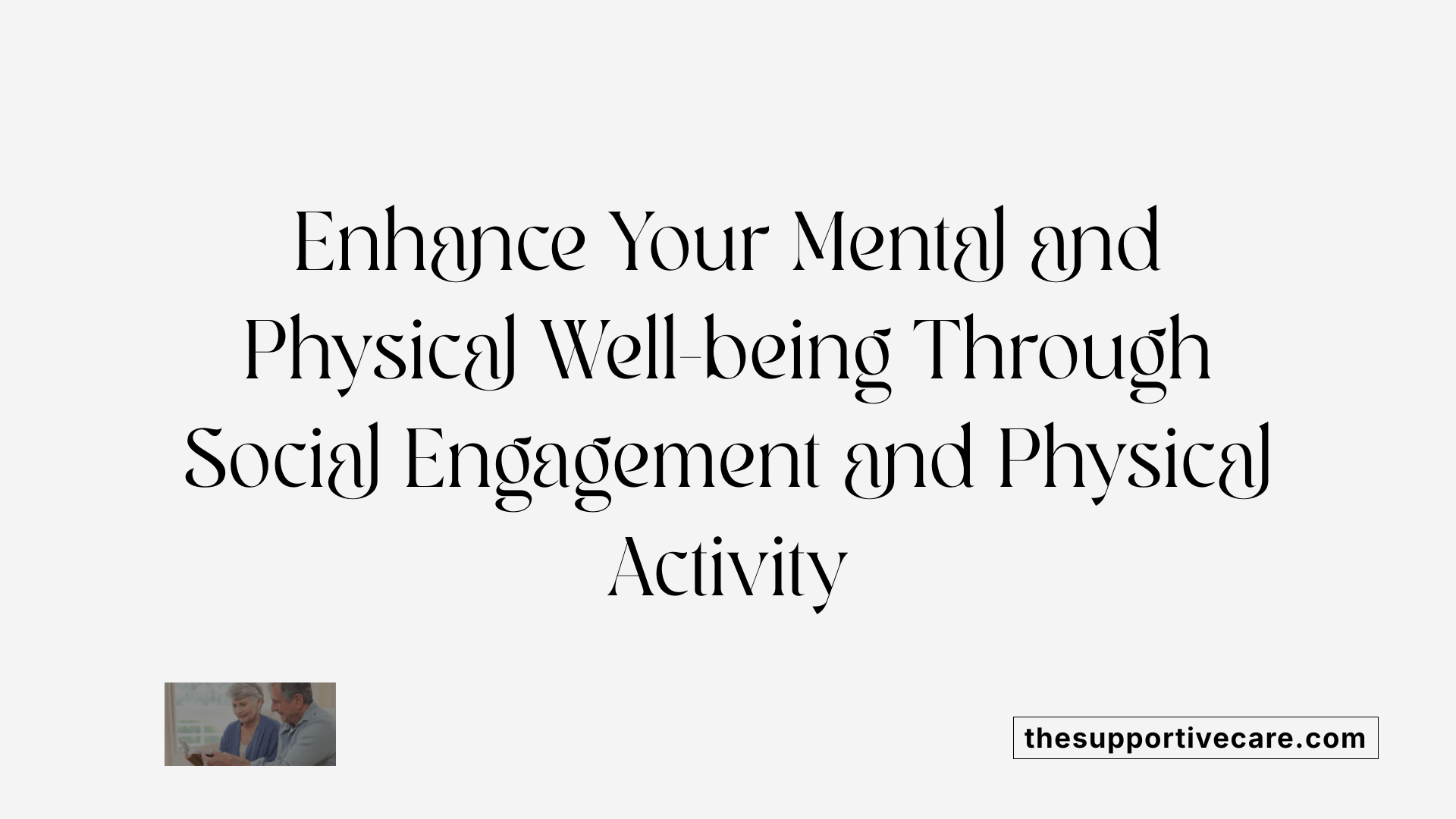
How do physical activity and social engagement influence mental health in aging populations?
Physical activity and social participation are vital for maintaining and improving mental health among older adults. Regular exercise—such as walking, aerobic exercises, resistance training, and practices like Tai Chi and Qigong—releases endorphins, which are natural mood lifters. These activities not only help reduce symptoms of depression and anxiety but also enhance cognitive functions including memory, attention, and problem-solving skills.
Engaging in physical activities within social settings, like community exercise classes, walking groups, or dance clubs, fosters social bonds and reduces feelings of loneliness and social isolation. This sense of community provides emotional support and boosts self-esteem, which are crucial for resilience against mental health issues. Studies have proven that social support networks and active participation significantly correlate with better mental health outcomes and higher life satisfaction.
Research indicates that seniors from higher socioeconomic backgrounds often experience greater benefits, likely due to easier access and fewer barriers to engaging in physical and social activities. Concurrently, digital engagement, such as online classes or social networks, has become an emerging avenue to stay connected, especially during stressful events like the COVID-19 pandemic. During lockdowns, older adults who maintained their social contacts through video calls, virtual classes, or online communities demonstrated preserved cognitive function and better mental health.
Overall, fostering a routine that combines physical activity with social interaction can substantially uplift mental health, delay cognitive decline, and improve quality of life in aging populations. These habits promote healthy aging, helping sustain mobility, physical function, and emotional well-being, even amidst life's challenges.
Assessment, Trends, and Future Implications of Physical Activity in Aging
 Over the past decade, research on the relationship between physical activity and mental health among older adults has seen a significant increase, as shown by a bibliometric analysis of more than 4,300 scientific articles published from 2009 to 2023. This rising interest reflects a global recognition of physical activity as a vital component of healthy aging.
Over the past decade, research on the relationship between physical activity and mental health among older adults has seen a significant increase, as shown by a bibliometric analysis of more than 4,300 scientific articles published from 2009 to 2023. This rising interest reflects a global recognition of physical activity as a vital component of healthy aging.
To accurately measure physical activity levels and mental health outcomes, researchers commonly use reliable tools like the International Physical Activity Questionnaire (IPAQ), which assesses physical activity across different domains such as leisure, work, and transportation. In addition, scales measuring life satisfaction, self-esteem, and self-efficacy help evaluate psychological well-being. These assessments enable a comprehensive understanding of how various physical activity interventions influence mental health in seniors.
Throughout the years, studies consistently reveal that engaging in regular physical activity correlates with lower risks of depression, cognitive decline, and improved overall quality of life. Popular activities include resistance exercises, aerobic activities, Tai Chi, and Qigong, proven effective in enhancing both physical and mental health.
Socioeconomic status plays a role in the benefits derived from physical activity. Older adults with higher socioeconomic status often have better access to resources, facilities, and social support, which amplifies the positive impacts of physical activity. Conversely, barriers such as limited access and financial constraints can restrict participation, highlighting the importance of community programs.
Community-driven interventions and tailored programs are increasingly recognized for their potential to promote physical activity among seniors. Initiatives like community exercise classes, walking groups, and digital platforms facilitate social engagement while encouraging healthier lifestyles.
These findings have important implications for policy-making and senior care practices. Supporting infrastructure, subsidized fitness programs, and education campaigns can help mitigate barriers and foster environments conducive to active aging. Looking ahead, future research aims to identify optimal activity types and intensities, develop inclusive programs, and create guidelines that address individual capabilities and needs.
In summary, the growing body of evidence underscores the necessity of integrating physical activity assessments and supportive policies in promoting mental health and healthy aging. As research continues to evolve, these insights will serve as a foundation for effective interventions, ultimately enhancing quality of life for older populations.
Fostering an Active and Mentally Resilient Aging Society
Integrating regular physical activity into the lives of seniors yields profound benefits for their mental health and overall well-being. Scientific research consistently demonstrates that tailored exercises—ranging from simple walking and stretching to balance-enhancing routines—can significantly reduce symptoms of depression, anxiety, and cognitive decline. Community programs, supportive healthcare guidance, and social engagement are instrumental in fostering a culture of active aging, especially when tailored to individual abilities and preferences. As the global population ages, policy-makers and health systems must prioritize accessible and enjoyable physical activity opportunities for seniors, emphasizing preventive care and holistic well-being. Promoting physical activity is not just about physical health; it is a cornerstone of mental resilience and a vital strategy for ensuring a vibrant, independent, and emotionally balanced aging society.
References
- Relationship between physical activities and mental health in older ...
- Physical exercise and mental health among older adults - Frontiers
- Can physical activity improve the mental health of older adults? - PMC
- Physical activity, mental health, support networks, lifestyle, and ...
- The Importance of Exercise on Physical and Mental Health for Seniors
- The Role of Physical Health in Supporting Mental Well-Being ...
- How Physical Activity Strengthens Mental Health in Seniors
- Effectiveness and Benefits of Exercise on Older People Living With ...
- The importance of regular physical activity in the mental health of the ...
- The Link Between Physical Activity and Senior Mental Health
